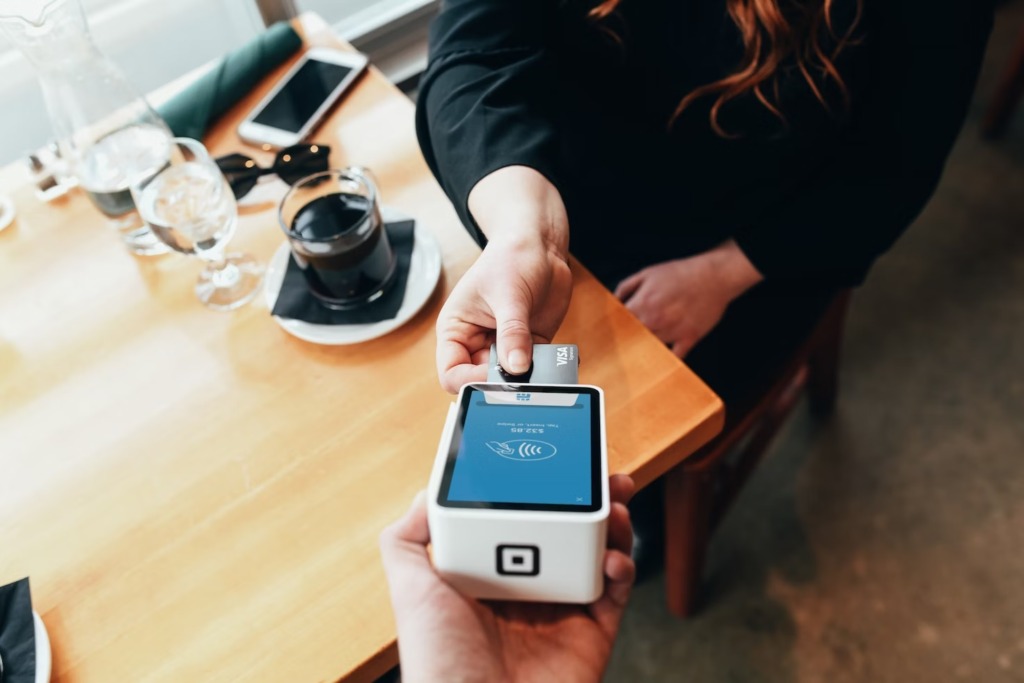Warm leads convert at a rate of 14.6%, while for cold leads, it’s a mere 1.7%. Spending time on warm leads seems like a smarter bet, right? Yes and no.
You see, it’s not just about the numbers; it’s about classifying leads into cold and warm. Figuring out the type of lead you’re dealing with doesn’t just boost your chances of closing a deal; it also streamlines your whole sales process.
Every sales journey begins with a lead, and if you know exactly what each lead is looking for, you’re already a step ahead. This kind of know-how lets you fine-tune your sales pitch and target your efforts more effectively,
What are Cold Leads?
Cold leads are individuals who have never engaged with your company before. They haven’t visited your website, clicked on your ads, or shown interest in your products or services. Typically, you would have found their contact details online.
Why do cold leads matter? They represent potential future customers. Even though they haven’t shown interest yet, they can be nurtured into paying customers if approached correctly. The journey from a cold lead to a conversion can be long and requires strategic planning. The upside is that the pool of cold leads is generally large, giving you a broader audience to reach.
How to Market to Cold Leads?
When dealing with cold emails, the challenge lies in grabbing attention and building initial trust. These people have no idea who you are or what your company does, so your first email must be impactful.
Here are some guidelines to follow:
- Customization is Key: Sending a generic email is a missed opportunity. Do some homework on who you’re emailing. If you can point to details like their company’s recent achievements or specific needs, you can show them that the email isn’t just another mass message.
- Make an Offer They Can’t Refuse: Provide value right from the get-go. This could be a special discount, a free trial, or an eBook that solves a common problem in their industry. The aim is to provide immediate value to capture their interest.
- Connect on Social Media: If email marketing isn’t getting the desired response, encourage the cold leads to connect with you on social media platforms like LinkedIn or Twitter. Share industry insights, stats, testimonials, and success stories regularly on your profiles.
What are Warm Leads?

Warm leads refer to potential customers who have already engaged with your brand in some way but haven’t yet made a purchase. Unlike cold leads, warm leads have shown a certain level of interest, whether by signing up for your newsletter, following your social media accounts, or visiting your website multiple times.
The essential characteristic that sets warm leads apart is their familiarity with your company. They may know what you offer, and there’s a chance they’re considering whether your product or service could be a good fit for them.
Since they have already shown interest, they usually require less effort to convert. You can fast-track them through the sales funnel because the initial steps of brand introduction and interest generation have already been covered.
How to Market to Warm Leads
Warm leads are different; they’ve already engaged with your brand to some extent. This prior interaction makes catering to their specific needs and interests easier. Here’s how to go about marketing to warm emails:
- Offer Content They’ll Appreciate: Use the information you have about their prior interactions with your brand to offer content you know they’ll value. This could be a product recommendation or eBook.
- Personalize the Emails: Use your collected data to personalize the message. Personalized emails often see higher engagement rates.
- Offer Exclusive Discounts: Show appreciation for their continued interest in your brand by offering something exclusive.
Key Takeaways
Knowing what kind of leads you have and managing them correctly makes it easier to get them through the sales funnel. By differentiating between them and understanding what these leads are looking for, you can tailor your marketing messages to be more effective, leading them closer to making a purchase.
Here’s a recap:
- Cold leads are people unfamiliar with your brand, making them a larger but more challenging audience for conversion.
- Warm leads are potential customers who have already engaged with your brand in some way but haven’t converted.
- Warm leads are easier to convert because they already know your brand.
- To attract cold leads, write personalized emails and make offers they can’t refuse, like a special discount or free trial.
- To convert warm leads, focus on deepening the relationship by offering tailored content based on their past interactions and extending special offers or exclusive discounts.

